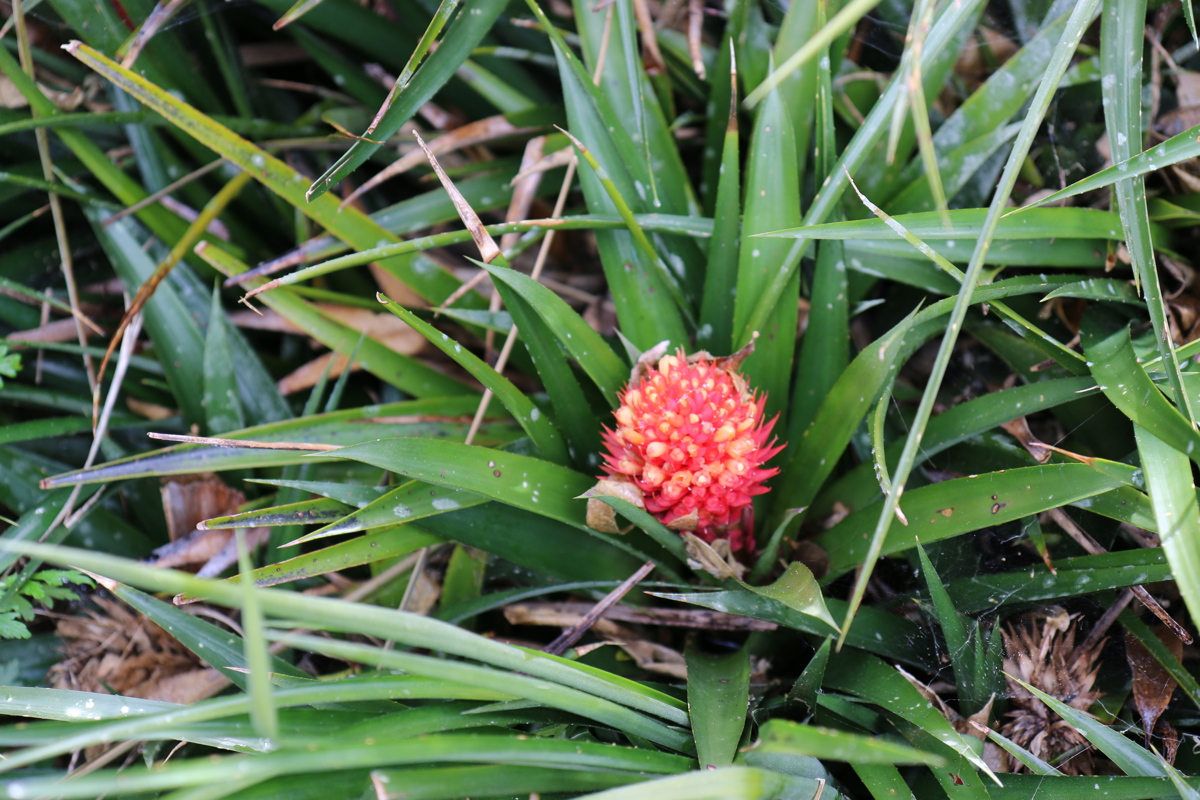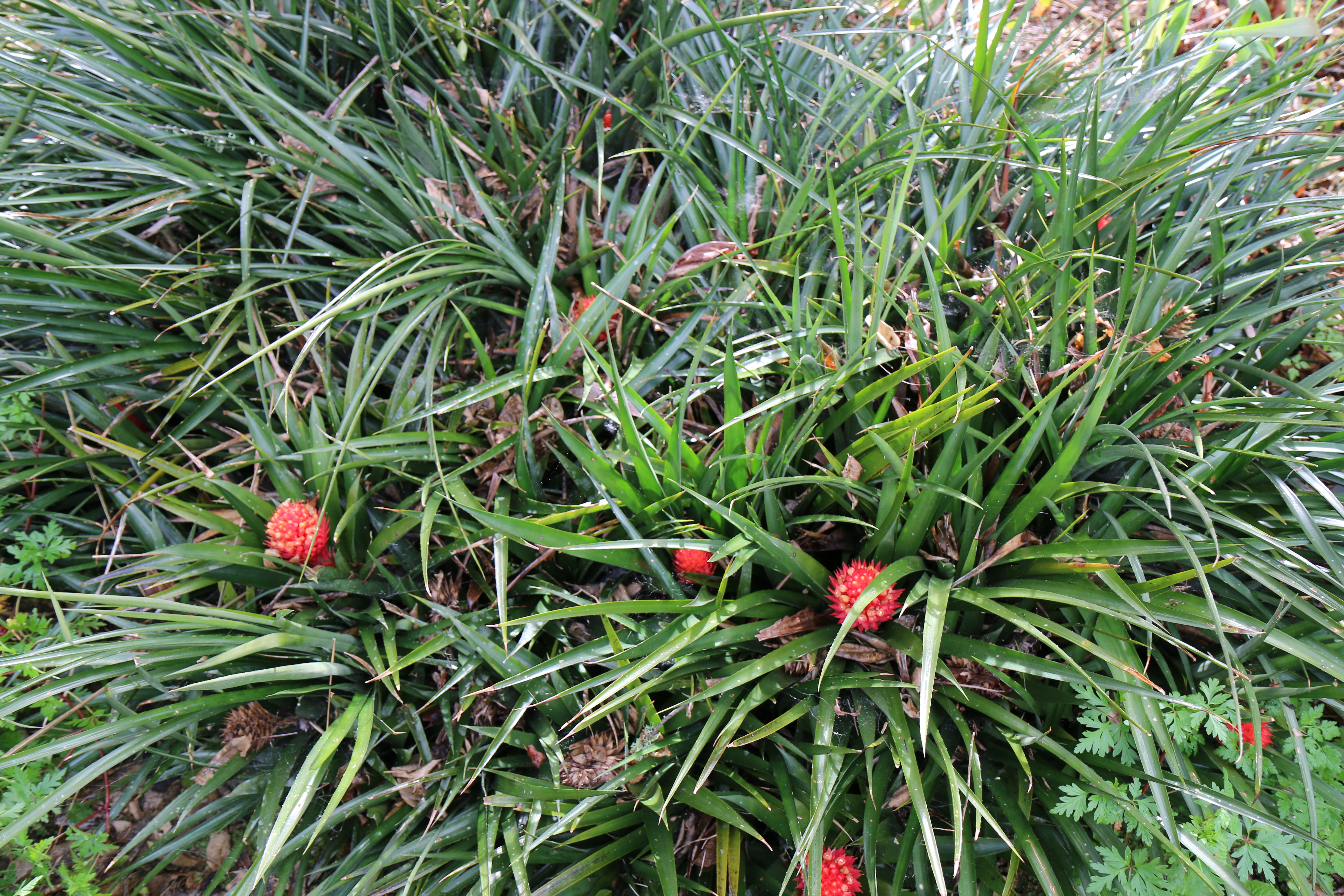Physical characteristics
A compact,
Flowers and foliage
Produces stiff, compact rosettes consisting of many saw-toothed,
Preferred site
Best planted in free-draining soil in light shade to
Preparation for planting
All bromeliads require good drainage, porous soil and good air movement. To improve
Maintenance tips
Water both the leaves and a little around the base. Freshen the water in the central trunk area to prevent stagnation.
Bromeliads often don't require fertilising, as they collect all the nutrients they require from the organic matter that falls into the centre of the plant.
Ecological and biodiversity benefits
Provides a habitat for invertebrates.
Pests and diseases
These
Location at Auckland Botanic Gardens
Logan Campbell Garden
Interesting facts and tips
In its natural habitat of Southern Brazil,




.jpg?width=1200&height=1200&v=1d4024dceb89e50)

.jpg?width=1200&height=1200&v=1d5569224d63650)
 .jpg?width=1200&height=1200&v=1d4024df6ce2770)
.jpg?width=1200&height=1200&v=1d55676a892f2b0)
 .jpg?width=1200&height=1200&v=1d4024e3b65f7f0)